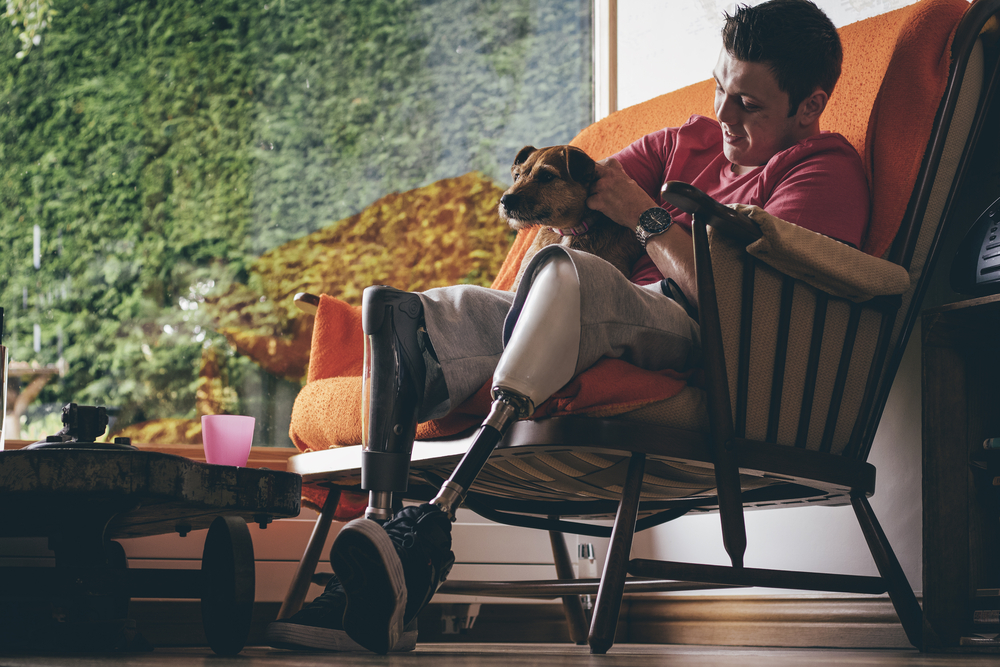Common Causes For Falls In Amputees
As an amputee, you have an increased risk of falling, especially in the early stages of your rehabilitation and it can have a disastrous effect on your confidence and therefore your mobility.
You’re not alone with this! Currently, there are 2.1 million people living with limb loss in the USA with that number expected to double by 2050. There was 1,558 military personal who lost a limb as a result of the wars in Afghanistan and Iraq and 185,000 people have amputation each year. This means that 300 to 500 amputations are performed every day.

It’s important to understand some of the common causes of falling;
- Phantom Sensations
As you may have already experienced, many amputees have phantom sensations. This makes you particularly susceptible to a fall because, for example, you may wake in the night and attempt to stand to forget you have had an amputation.
- Muscle Weakness
If you have been recovering and been in bed, then your muscles will have weakened. This is affecting your overall balance. Exercises from your physiotherapist will help and they are the best person to speak to regarding which exercises are good for you to do.
- Diabetes
Many amputees have diabetes, and this can have a big effect on your eyesight. This can lead to falls, as upcoming hazards may not be easily seen.
- Vascular Disease
Do you have a vascular disease? This may lead to problems with sensation in your limbs, as the blood flow may be poor. This may lead to less awareness of surfaces underfoot and therefore increase the chances of you falling.
- Environmental Factors
The common cause of falls is due to tripping or slipping in at home. Risk hazards include; rugs, cables, door thresholds, and magazines left lying on the floor. Also, be aware of the poor arrangement of furniture as this can make transferring difficult and dangerous.
Of course, falls aren’t always preventable even with the right procedures and equipment in place, therefore, it’s best to prepare with a post-fall management plan.
This would include having lifting equipment available to help assist your caregiver with lifting you from the floor safely and in a dignified manner.
We recommend you read our article, ‘Innovative Lifting Equipment Provides Support To Veterans’ where we discuss our emergency lifting cushion, the Camel and ELK.



